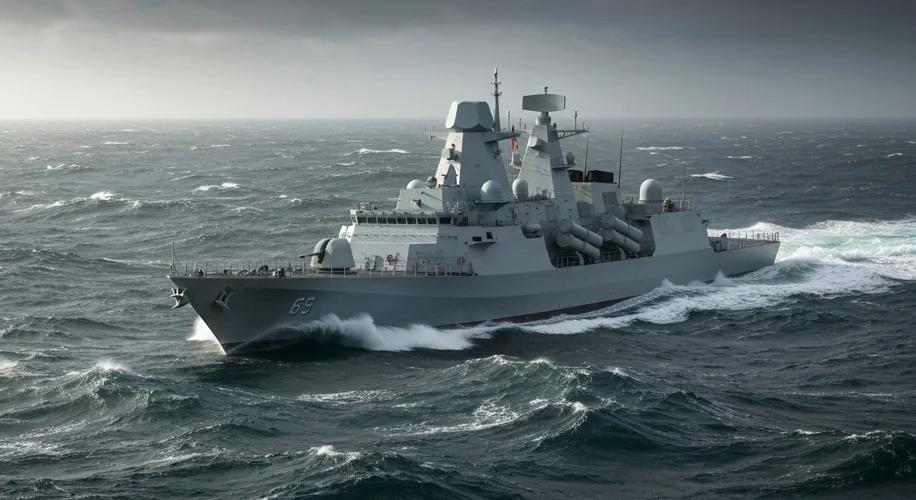In the grand theatre of global naval power, where nations vie for supremacy on the high seas, a quiet but significant drama has unfolded. The Norwegian Defence Materiel Agency, Forsvarsmateriell, has recently made a pivotal decision, selecting the British Type 26 frigate, also known as the Arrowhead 140 (AH140), as the cornerstone of its future naval fleet. This decision marks a crucial juncture not only for Norway but also for the British shipbuilding industry, representing a significant victory in the fiercely competitive international market for advanced warships.
The history of naval procurement is replete with tales of competition, technological advancement, and strategic alliances. From the mighty galleys of ancient Rome to the dreadnoughts of the early 20th century, the warship has always been a symbol of national power and a critical instrument of foreign policy. In the modern era, frigates, those versatile multi-role vessels, are the workhorses of many navies, capable of everything from anti-submarine warfare to air defence and anti-surface operations. For Norway, a nation with a long and proud maritime heritage and a strategic location along the Arctic route, the selection of a new frigate class was a decision of immense consequence.
The competition was fierce. Several international shipbuilders presented their cutting-edge designs, each promising unparalleled capabilities. Among the contenders were designs from South Korea, Germany, and Spain, each with their own strengths and track records. However, the British offering, the Type 26 frigate, emerged victorious. Developed by BAE Systems, the Type 26 is a sophisticated warship designed to meet the complex challenges of modern naval warfare. Its modular design allows for flexibility in armament and sensor fit, catering to specific national requirements. For Norway, this meant a platform that could be tailored to its unique operational environment, characterized by vast coastlines, challenging weather conditions, and the strategic importance of the North Atlantic and the Arctic.

The genesis of the Type 26 frigate for the Royal Navy, known as the City-class, traces back to the early 2000s, aiming to replace the aging Type 23 frigates. The initial design underwent significant evolution, driven by changing strategic needs and technological advancements. The resulting platform is a testament to naval engineering, emphasizing survivability, stealth, and multi-mission capability. Its advanced combat system, sophisticated sonar, and versatile weapon systems are designed to counter a wide range of threats, from quiet submarines to advanced anti-ship missiles.
For Norway, the AH140 variant offers a compelling package. It leverages the proven design of the Type 26 but is adapted to meet the specific operational requirements of the Royal Norwegian Navy. This includes enhanced capabilities for operating in cold-weather environments and a suite of weapons and sensors optimized for the Norwegian context. The decision signifies a deepening of the defense relationship between the United Kingdom and Norway, two close NATO allies.
The implications of this procurement are far-reaching. For Britain, it represents a significant boost for its naval shipbuilding sector, securing jobs and demonstrating the global competitiveness of its defense industry. It also reinforces the UK’s role as a leading provider of advanced naval technology. For Norway, the acquisition of these frigates is a vital step in modernizing its navy, ensuring its ability to protect its sovereign territory, maintain maritime security, and contribute effectively to NATO operations. The new frigates will replace the current Fridtjof Nansen-class vessels, providing a substantial leap in capability.
The Norwegian decision is a powerful endorsement of the Type 26 design, potentially paving the way for further international sales. As navies worldwide grapple with evolving threats and the need for advanced, adaptable platforms, the success of the Type 26 in Norway’s competitive tender highlights its strengths. It underscores a broader trend in naval warfare: the demand for highly capable, multi-role frigates that can operate effectively across the spectrum of conflict. The sea serpent, in its modern, technological form, has found a new master, and its song will soon echo in the fjords of Norway.

